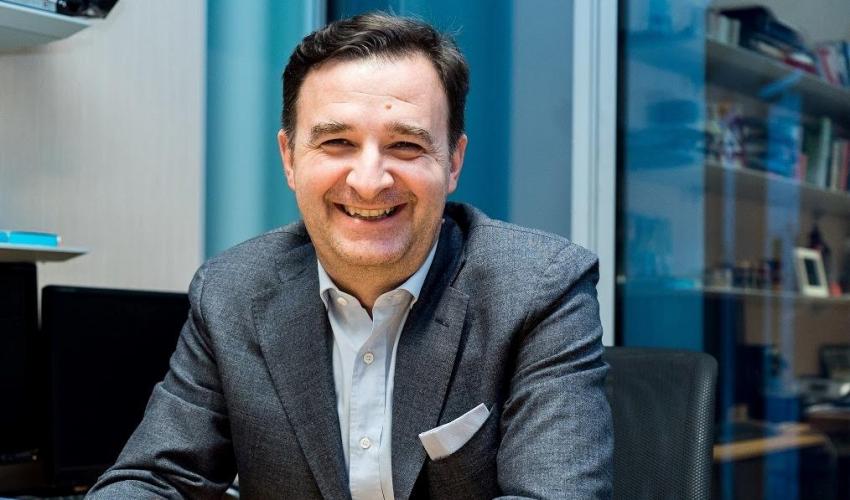
IBM after IBM
FROM PRODUCTS TO SERVICES: HERE'S HOW MANUFACTURING FIRMS ARE CHANGING SKINby Andrea Ordanini, Dept. of Marketing, Bocconi
Translated by Alex Foti
The role of services has grown in recent decades and is now dominant in advanced economies. Just think of major brands such as Google, Amazon or Starbucks, and those that today are reputed to have most innovative business models, companies such as Netflix, Airbnb or Spotify. In all these cases, providers of services aim to offer consumer experiences having greater customer engagement and social sharing. In the past, in an economy centered on tangible products, offerings were characterized instead by the deferred benefits associated with the possession of material goods. Just think of the value that ten or twenty years ago a young person gave to owning his or her own car, and the clear preference, nowadays, for car sharing services by the same demographic.
But the service economy does not rely solely on new companies, social networks and digital technologies. An increasing number of traditional manufacturing firms are changing their market strategies and processes through which they relate with their clients. The most important case involves IBM, which, despite its acronym still saying International Business Machines, is the largest service company in the world today, after having made a radical transition towards services at the turn of the millennium. Considering Italy, the Technogym brand, which represents the global excellence of Italian manufacturing, defines itself on its website as a company offering fitness and wellness solutions, not tangible products.
One of the most recent transitions to services concerns Philips, which has launched a platform prototype called Selling Light as a Service. Basically, by partnering with a large architecture firm and an installation company, Philips has developed a service called Pay-per-Light for business users. Through this service, professional and industrial customers who need the lighting of large spaces, can simply pay a single bill for bulbs, electricity and installation, and all the other aspects involved. Philips retains ownership of all products and also takes care of their maintenance and replacement. It also offers installation and optimization of energy consumption services, with estimated cost reduction effects of nearly 30%. The customer, therefore, just pays for the light.
It is likely that other company transformations around services, many unexpected, will emerge in the coming years which will necessarily affect product markets and change consumer behavior.
